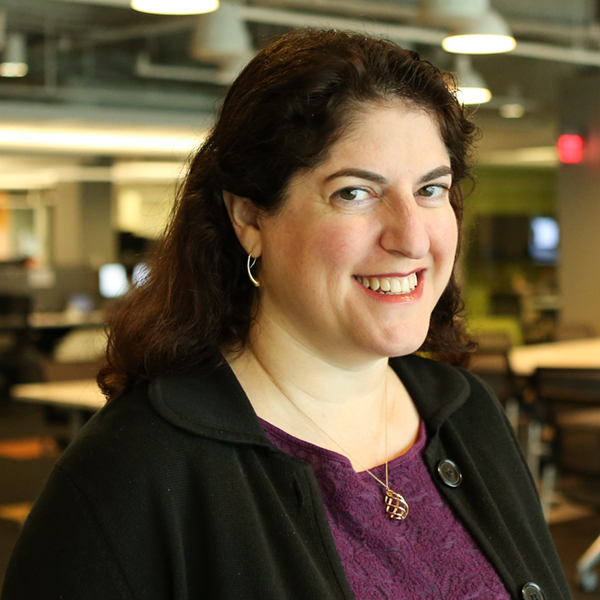
Since we launched Give Smart earlier this year, it's become clear that while philanthropy can be incredibly diverse, philanthropists who really want to get better results share common questions. They're seeking like-minded people asking those same questions. They're seeking plain-English answers, not philanthrobabble. They're looking for simple (but not simplistic) ways to move forward with practical, decision-oriented ideas. And when that's not possible, they're looking for inspiration and fellowship among other philanthropists tackling the same problems.
“While philanthropy can be incredibly diverse, philanthropists who really want to get better results share common questions.”
Last week, I had the pleasure of joining the CEOs of four large family foundations whose benefactors are highly interested in building a community among 20- to 35-year-olds. A new program had been created and its leaders (both the philanthropists and the management) were justifiably proud of a database they'd invested heavily in over the past few years (a database which had hundreds of thousands of accurate email addresses for their target group). While discussing important questions like who had the right to send out emails and under what conditions, the conversation quickly turned sobering when one of the CEOs said: "This is all interesting. But we all know that we have 12, maybe 18 months left on this data. How many mobile phone numbers do we have?" The room grew quiet as everyone nodded thoughtfully—contemplating the fact that for the next generation, text messaging is replacing email as the main method of communication. They agreed that while it was tempting to keep discussing emailing rights given the database they'd been supporting, they'd need to turn their attention to the new data challenges ahead, or they'd put their entire investment and strategy at risk.
In working with philanthropists for the past decade, it's become clear to me that there are many reasons that it's hard to get better over time: it's hard to define "success" for your philanthropy; it's hard to measure that success; it's hard to change behavior and keep holding yourself to a higher standard. But also it strikes me that there are two other, opposing pressures that make it hard to know when to stick with a strategy and when to shift course.
On one hand, there are endless neat ideas and new approaches floating around. One philanthropist friend was especially critical of her peers on this front: "It's like we're birds, and new shiny baubles keep turning our heads away from the seeds in front of us." On the other hand, there's the real risk of "path dependence"–the well-known psychological fact that we humans tend to keep going down a particular path even after it becomes clear it's the wrong one–simply because it's the path we're on.
So how can philanthropists navigate between shiny baubles and path dependence? One way is to be in deep conversation with others who have similar aims – fellow funders, grantees, and most important, the beneficiaries. What impressed me about this group of CEOs is that they started to shift their conversation from themselves ("but we spent so much money making sure this database had accurate emails!") to their beneficiaries ("how do they want us to communicate with them, now and in the future?").The real trick, of course, is how quickly everyone shifts their behavior to match the new mindset; whether they can start the process of putting data behind their hypotheses. For example, under what conditions does this group want to receive email, texts, facebook messages, or communication through myriad other vehicles, and how do they build their new communication strategy and database accordingly?
When facing daunting questions such as this one, we've seen that three practices can help: first, reflecting on the data that can help you make better decisions over time; second, ensuring your strategies are tied to your grantees' strategies and beneficiary needs, and finally, thinking about what needs to happen over and above what your grantees are doing to create the results you're seeking. For more detail, read "Getting Better Over Time." I look forward to hearing the practices that help you get better over time.


